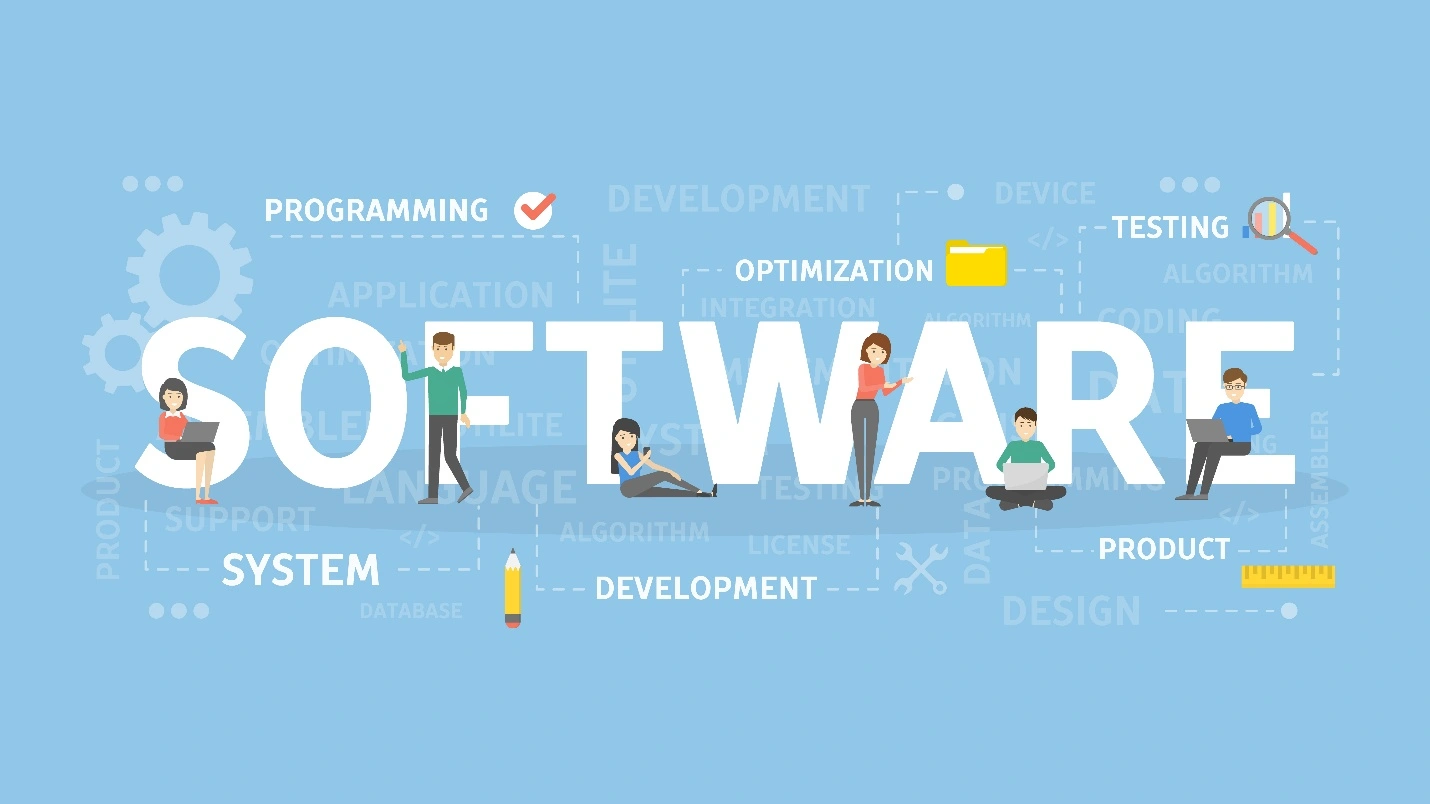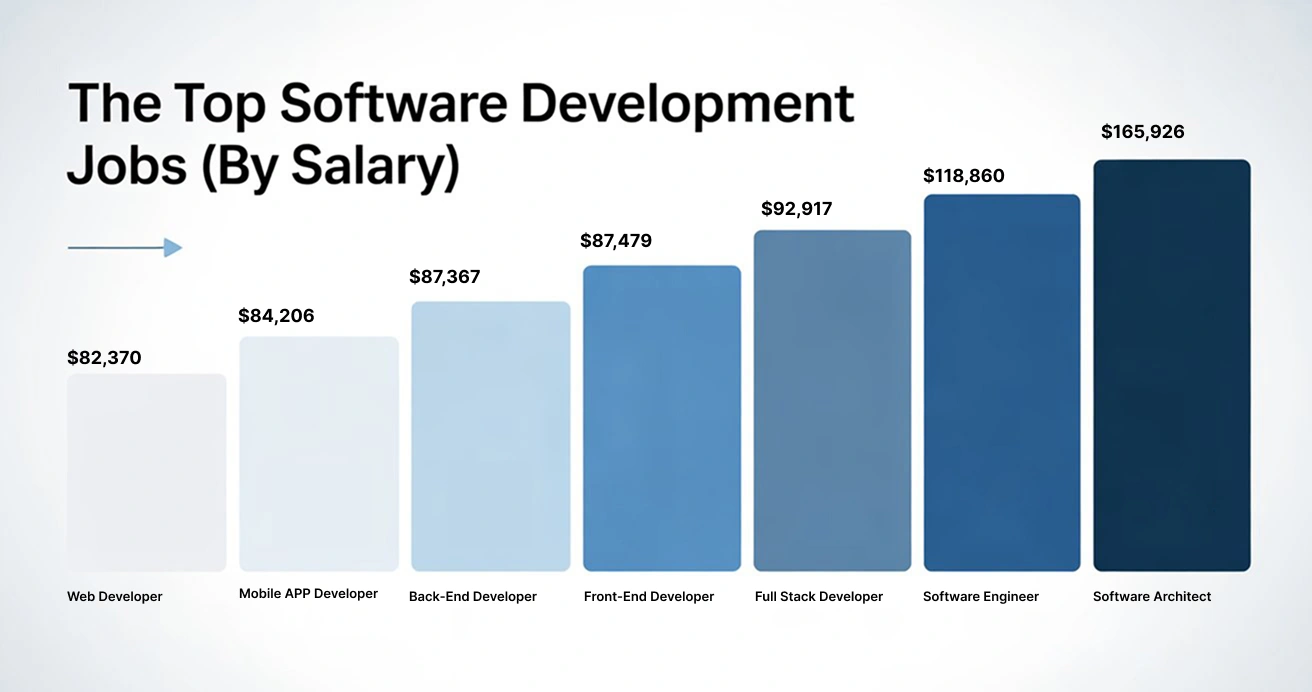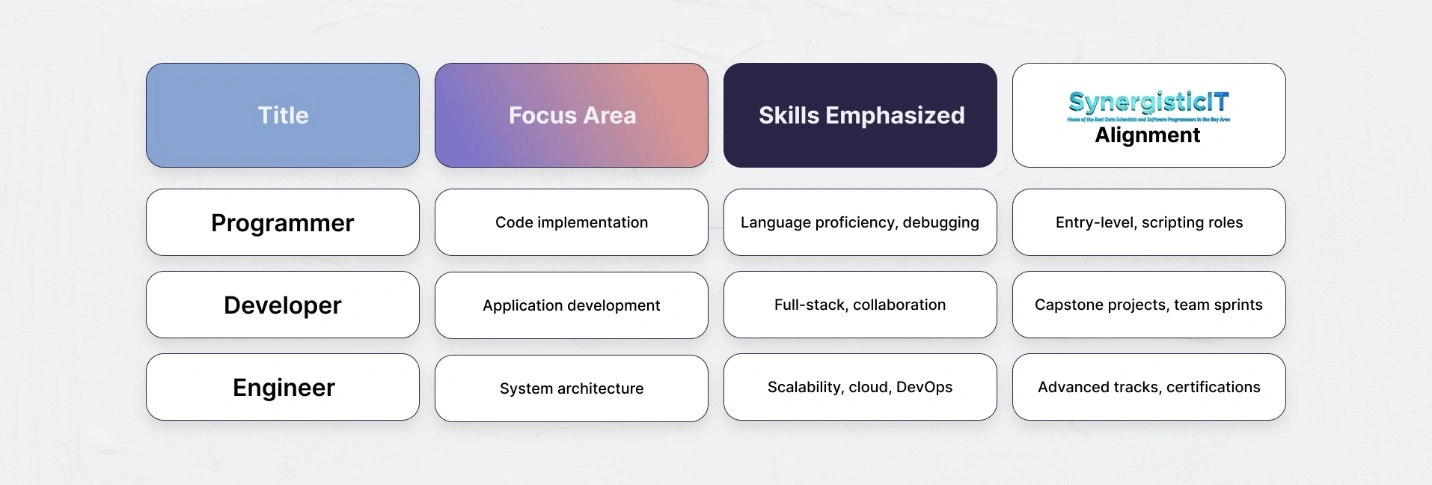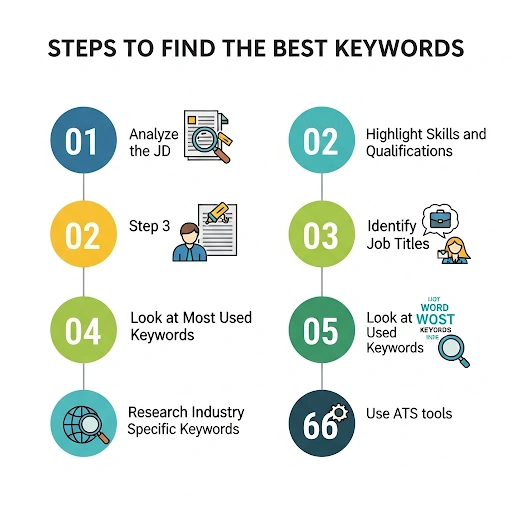A SynergisticIT Job Seeker’s Guide to Navigating Tech Roles
If you’re enrolled in SynergisticIT’s job placement program—or considering it—you’ve likely encountered a whirlwind of job titles: Software Developer, Software Engineer, Programmer, Full-Stack Developer, and more. It’s easy to feel overwhelmed. Are these titles interchangeable? Do they reflect different responsibilities or career paths? And most importantly: which one should you aim for?
This guide breaks down the nuances between these roles, helping SynergisticIT candidates understand where they fit and how to position themselves in the job market.
Why Job Titles Matter in Tech
In traditional industries, job titles often follow rigid hierarchies. In tech, they’re more fluid, but they still carry weight. According to the U.S. Bureau of Labor Statistics (BLS), job titles in tech can impact salary ranges significantly, with software developers earning a median of $130,160 annually, compared to $103,250 for computer programmers.
Titles can influence:
- Salary expectations: Titles often signal seniority or specialization, directly affecting compensation. For example, a “Senior Software Engineer” typically commands a higher salary than an “Associate Software Engineer” due to perceived experience and expertise. A 2024 Stack Overflow Developer Survey reveals that developers with “engineer” in their title earned 15% more on average than those titled “programmer.”
- Career trajectory: Job titles can define the path an individual takes within an organization or industry. Report suggests that titles like “engineer” often lead to leadership roles, with 25% of senior engineers transitioning to architect or manager positions within five years.
- Perceived skill level: Recruiters associate “developer” with full-stack expertise, while “programmer” may signal entry-level coding skills.
- Recruiter interest: Job titles play a critical role in attracting recruiter attention, especially in competitive tech markets. Recruiters often use keyword-based searches on platforms like LinkedIn to identify candidates.
For SynergisticIT candidates, understanding these distinctions helps tailor resumes, LinkedIn profiles, and interview responses to match employer expectations. It also helps you align your training track—whether Java, Data Science, or Full Stack—with the right career goals.
The Programmer: Code-Focused and Tactical
What It Means
“Programmer” is often used to describe someone who writes code to solve specific problems. It’s a title that emphasizes execution over architecture—perfect for those just starting out. The BLS notes that programmers focus on writing, testing, and modifying code, often turning designs from developers or engineers into functional software.
Skills & Tools
- Proficiency in one or more languages (Java, Python, JavaScript)
- Debugging and testing
- Writing scripts and utilities
- Basic understanding of algorithms and data structures
- Familiarity with code libraries and version control tools like Git
Typical Responsibilities
- Implementing features based on specs
- Fixing bugs and optimizing performance
- Supporting legacy codebases
- Writing automation scripts
- Testing code to ensure functionality
SynergisticIT Fit
SynergisticIT’s foundational modules—especially in Java and Python—equip candidates with the skills needed for programmer roles. If you’re early in your training or transitioning from a non-tech background, this title may be a good starting point.
The Developer: Product-Oriented and Collaborative
What It Means
“Developer” implies a broader scope than programmer. Developers are involved in designing, building, testing, and maintaining applications. They work closely with stakeholders and often contribute to both front-end and back-end systems. U.S. News & World Report ranked software developer as the third-best job in 2024, with an average salary of $127,000, highlighting its collaborative and versatile nature.
Skills & Tools
- Full-stack development (HTML, CSS, JavaScript, React, Node.js)
- Proficiency in frameworks like Spring Boot or Django
- Version control (Git/GitHub)
- API integration
- Agile methodologies
Typical Responsibilities
- Building user interfaces and backend logic
- Collaborating with designers and QA testers
- Participating in code reviews and sprints
- Maintaining documentation and technical specs
- Creating diagrams for code implementation
SynergisticIT Fit
Most SynergisticIT candidates graduate with full-stack capabilities. The program’s emphasis on real-world projects, team collaboration, and portfolio development makes “Developer” a strong fit for job placement.
Graduates with strong GitHub profiles and capstone projects are well-positioned for developer roles in startups, agencies, and mid-sized tech firms.
The Engineer: Systems-Oriented and Strategic
What It Means
“Software Engineer” suggests a deeper understanding of computer science principles and a focus on system architecture, scalability, and performance. Engineers often work on infrastructure, cloud systems, and long-term technical planning.
Skills & Tools
- Algorithms and data structures
- System design and architecture
- Cloud platforms (AWS, Azure, GCP)
- CI/CD pipelines and containerization (Docker, Kubernetes)
- Expertise in technologies like TypeScript or REST APIs
Typical Responsibilities
- Designing scalable systems
- Leading technical decisions
- Building internal tools and frameworks
- Ensuring security and reliability
- Overseeing CI/CD pipeline implementation for efficient deployments
SynergisticIT Fit
SynergisticIT’s advanced tracks—especially in Java with AWS, DevOps, and Data Engineering—prepare candidates for engineering roles. Many graduates pursue certifications and contribute to scalable backend systems, making them strong contenders for junior engineering positions.
Comparison Snapshot
Choosing the Right Title for Your Job Search
When applying for jobs through SynergisticIT’s placement program, your title should reflect your skills and experience, not just your aspirations. Here’s how to decide:
Use “Programmer” If:
- You’re applying for internships or junior roles
- Your experience is mostly solo projects or scripting
- You’re targeting freelance gigs or contract work
Use “Developer” If:
- You’ve built full-stack applications
- You’ve collaborated on team projects
- You’re comfortable with Git, APIs, and deployment
Use “Engineer” If:
- You’ve studied system design or cloud architecture
- You’ve contributed to scalable backend systems
- You’re pursuing roles in infrastructure or DevOps
SynergisticIT Success Stories: Title Evolution
Many SynergisticIT grads start as programmers or junior developers and evolve into engineers within 1–2 years. Here’s a typical progression:
- Junior Programmer → Entry-level coding tasks
- Software Developer → Full-stack projects and team collaboration
- Software Engineer → System design, cloud integration, technical leadership
SynergisticIT’s job placement program supports this journey with:
- Mock interviews
- Resume reviews
- Technical mentorship
- Employer connections
“SynergisticIT’s hands-on projects gave me the confidence to transition from a junior programmer to a full-stack developer at a Fortune 500 company within 18 months.” – SynergisticIT Graduate.
How Employers View SynergisticIT Candidates
According to USA TODAY, SynergisticIT is a hybrid of a software development company, staffing firm, and tech bootcamp. Employers value its candidates for their:
- Hands-on experience
- Certifications (Java, AWS, Data Science)
- Agility and adaptability
SynergisticIT doesn’t just train candidates—it connects them with hiring partners across industries. Graduates have landed roles at Google, Cisco, Intel, Deloitte, PayPal, and more.
How to Position Yourself Post-Training
Build a Portfolio That Reflects Your Title.
Include at least 3-5 projects, as 80% of tech recruiters prioritize portfolios over resumes.
- Programmers: Highlight clean code, scripting tools, and automation
- Developers: Showcase full-stack apps, UI/UX design, and API integration
- Engineers: Include system diagrams, cloud deployments, and performance metrics
Use Keywords Strategically
Tailor your resume and LinkedIn profile to match job descriptions. Optimize for ATS systems, as 99% of Fortune 500 companies use them to screen resumes.
Use phrases like:
- “Built RESTful APIs using Spring Boot and AWS”
- “Designed scalable microservices architecture on GCP”
- “Developed responsive front-end interfaces with React”
Practice Your Pitch
In interviews, be ready to explain:
- Why did you choose your title
- How SynergisticIT prepared you for the role
- What projects demonstrate your readiness
Growing Into Your Title
Don’t feel boxed in by your first job title. The tech industry values growth, adaptability, and continuous learning. Here’s how to evolve:
- From Programmer to Developer
- Learn front-end frameworks (React, Vue)
- Build full-stack apps
- Contribute to open-source projects
- From Developer to Engineer
- Study system design and architecture
- Explore cloud platforms and DevOps tools
- Take on technical leadership in team projects
SynergisticIT’s ongoing support and alumni network can help you navigate this growth.
Final Thoughts: Titles Are Tools, Not Labels
In tech, your job title is a tool to communicate your value, not a label that defines your worth. Whether you’re a Programmer, Developer, or Engineer, what matters most is:
- The problems you solve
- The impact you create
- The growth you pursue
SynergisticIT candidates bring real-world projects, certifications, and grit to the table. So choose the title that best reflects your journey, and be ready to evolve.
Since 2010, SynergisticIT has helped 1000’s of job seekers thrive in the tech industry. At SynergisticIT, we make candidates work on technologies and skills our clients demand.
Our unique approach goes beyond training, offering hands-on project experience. We also have a marketing team to promote your skills, so you don’t have to. Check out our candidate outcomes page to see the success stories.
We also participate in industry events like Oracle Java One and the Gartner Data and Analytics Summit, offering excellent opportunities for brand recognition during your job search. Be sure to watch our event videos for more insights.
Oracle CloudWorld Event from 18th to 21st Oct 2023 _ SynergisticIT (wistia.com)
SynergisticIT @ Oracle CloudWorld 2023, Las Vegas (wistia.com)
SynergisticIT at Gartner Data and Analytics Summit 2023 (wistia.com)
SynergisticIT at Oracle Cloud World, Las Vegas 2023 (wistia.com)







